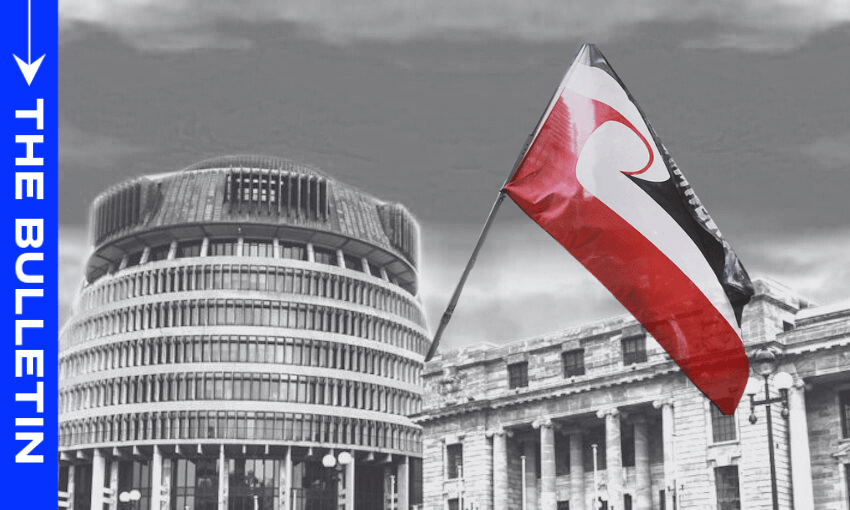It’s been delayed, debated and revised. Now the defence capability plan is here, and it’s huge, writes Catherine McGregor in today’s extract from The Bulletin.
To receive The Bulletin in full each weekday, sign up here.
Big risks, big shift
With the world hurtling toward a new era of geopolitical volatility – encouraged along by Trump’s collapsing of the global economic order – the government has finally delivered its long-awaited defence capability plan. The 15-year roadmap outlines $12 billion of investment over the next four years alone, most of it new money, with a goal of lifting defence spending to 2% of GDP. Work on the plan began under the last government, and was delayed not just by the change of government, but also by other factors including the sinking of the HMNZS Manawanui in October.
Announced on Monday by defence minister Judith Collins and prime minister Christopher Luxon, the plan includes missile upgrades, drone systems, long-range strike capabilities and the replacement of ageing aircraft and maritime helicopters. Luxon said the plan wasn’t just a refresh, but “a significant step-change in our defence spending and also our capability”.
Military spending no longer an afterthought
The government’s push for a modernised, “combat-capable” NZDF is driven by what Collins says is a much more dangerous world, and a growing recognition that distance no longer guarantees safety. Defence personnel “cannot do their jobs without the right equipment and conditions”, she told reporters on Monday. “This plan outlines what resources, equipment and support we need to modernise the NZDF to operate now and in the future.”
Collins previously told the Herald’s Jamie Ensor that the intercontinental ballistic missile launched by China in the Pacific last year “changed the game”, and the government now sees the Indo-Pacific region as far more contested. That belief was reinforced in February, when Chinese vessels conducted military drills near the Australian coastline. In February Luxon noted that “we’re certainly no longer in a benign environment”, and stressed the need for New Zealand to invest in regional security alongside Australia and other allies.
Voters are on board – just
Defence is an issue on a growing number of voters’ minds. The recent RNZ-Reid Research poll found that just over half of voters (50.3%) think defence spending should increase, with a further 17.8% unsure. Collins said she believes the public now “understand the broader environment across the Pacific is more contested”. When asked how they would characterise China and the US, most respondents to the poll chose ‘neutral’ for both countries. But 21% saw China as a friend and 16.8% as a foe, compared to 32.9% who viewed the US as a friend and 14.3% as a foe. Labour’s Chris Hipkins told RNZ that even if the public are wary, a spend-up is “justified”, warning that the NZDF would struggle in the face of multiple concurrent disasters or military commitments.
Keeping up with the rest of the world
New Zealand is far from alone in ramping up military spending. Australia, Japan and Canada have all begun boosting their defence budgets in recent months, and UK prime minister Keir Starmer recently committed to raise spending to 2.5% of GDP from 2027. Meanwhile, Trump has called for Nato allies in Europe to lift spending well beyond the old 2% of GDP benchmark, to 3% or even 5%. New Zealand’s defence spending is currently around 1.5%.
On Monday Collins and Luxon tried to strike a pragmatic tone, saying the 2% figure is less important than building a defence force that “is actually going to work for New Zealand”. But they also know that investing in capabilities like drones, cybersecurity and maritime surveillance will be critical to any bid to participate more meaningfully in alliances like AUKUS. With this plan, New Zealand is signalling that it wants to be taken seriously – and that it’s willing to put money behind that ambition.


